Kumbh Mela
Kumbh Mela or Kumbha Mela (/ˌkʊm ˈmeɪlə/ or /ˌkʊm məˈlɑː/) is a mass Hindu pilgrimage of faith in which Hindus gather to bathe in a sacred river. Traditionally, four fairs are widely recognized as the Kumbh Melas and are held periodically at one of the following places by rotation: Haridwar, Allahabad (Prayaga), Nashik (Trimbak) and Ujjain. The main festival site is located on the banks of a river: the Ganges (Ganga) at Haridwar; the confluence (Sangam) of the Ganges and the Yamuna and the mythical Sarasvati at Allahabad; the Godavari at Nashik; and the Shipra at Ujjain. Bathing in these rivers is thought to cleanse a person of all sins.
At any given place, the Kumbh Mela is held once in 12 years. The exact date is determined according to a combination of zodiac positions of the Jupiter, the Sun and the Moon. At Haridwar and Allahabad, an Ardha (“Half”) Kumbh Mela is held every sixth year; a Maha (“Great”) Kumbh Mela occurs after 144 years.
The festival is one of the largest peaceful gatherings in the world, and as the “world’s largest congregation of religious pilgrims”. There is no precise method of ascertaining the number of pilgrims, and the estimates of the number of pilgrims bathing on the most auspicious day may vary. An estimated 120 million people visited Maha Kumbh Mela in 2013 in Allahabad over a two-month period, including over 30 million on a single day, on 10 February 2013 (the day of Mauni Amavasya). Read more…
In 2013 a Maha (Great) Kumbh Mela was held in Allahabad, India – a site where the Ganges and Yamuna rivers join the mythical Sarasvati.
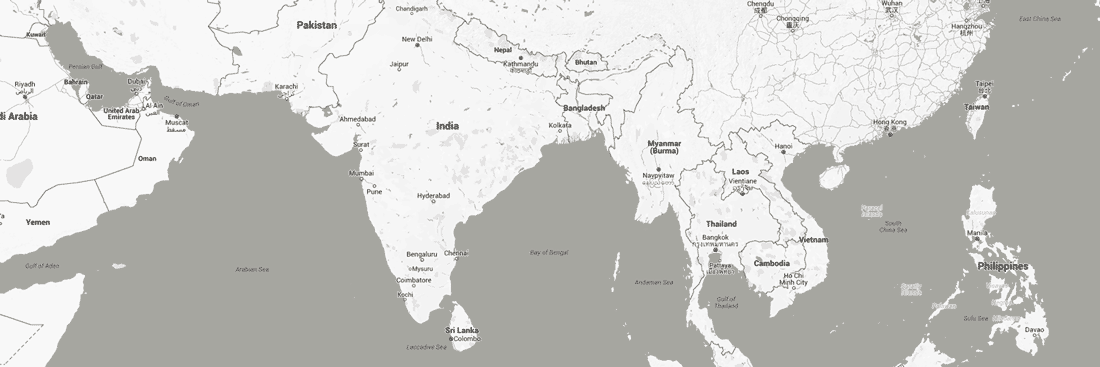
Officials estimated 120 million people attended the month long festival, with nearly 30 million people performing a ritual bathing on a single day. Many of the attendees planned for years in order to travel to the event.
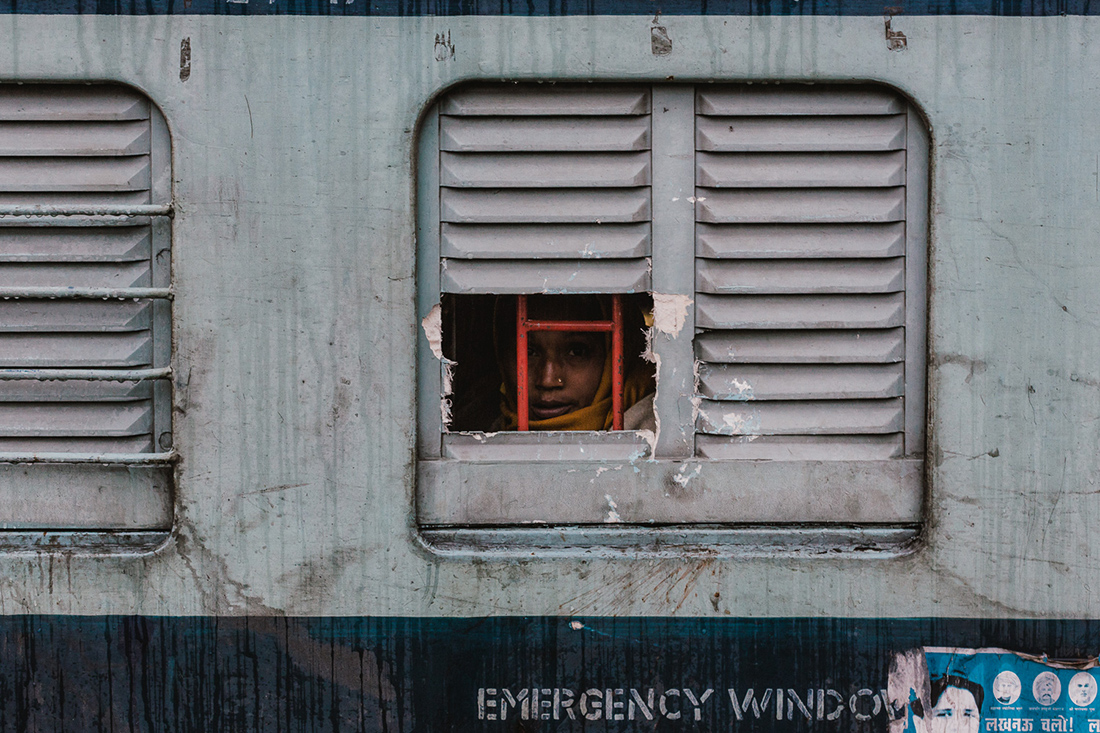
To accommodate the crowd, a temporary city was built with basic utilities and tents. During any given day of the festival, there were tens of millions of people living on the floodplain of the Ganges.
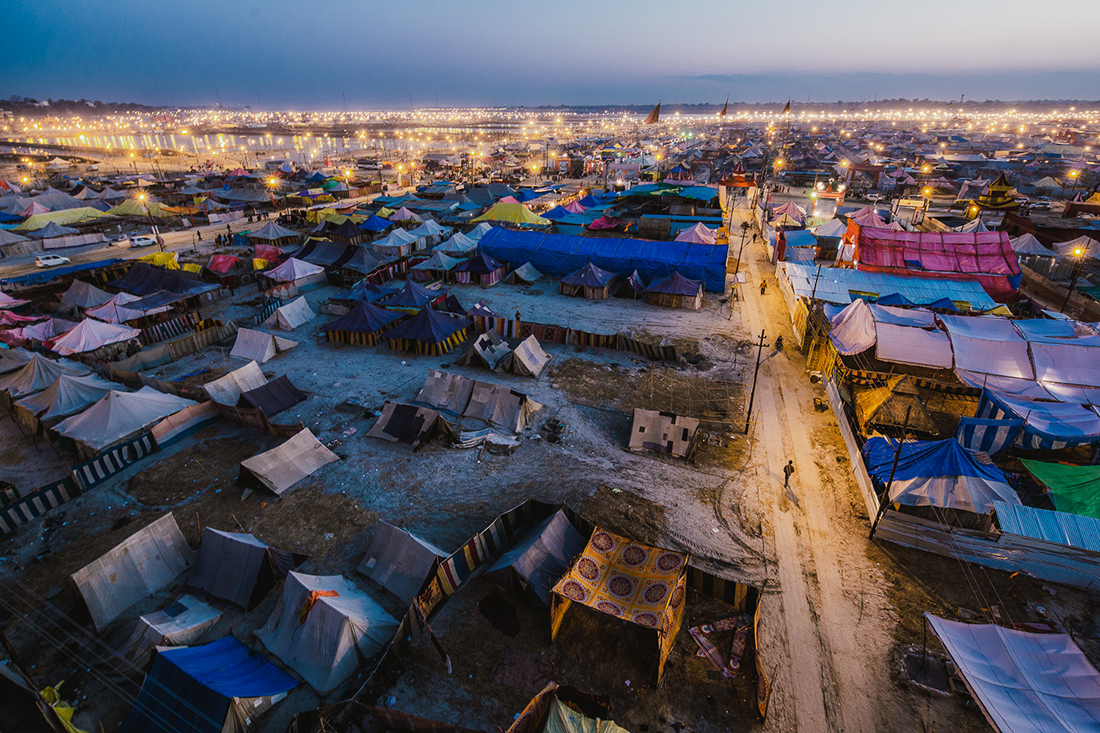
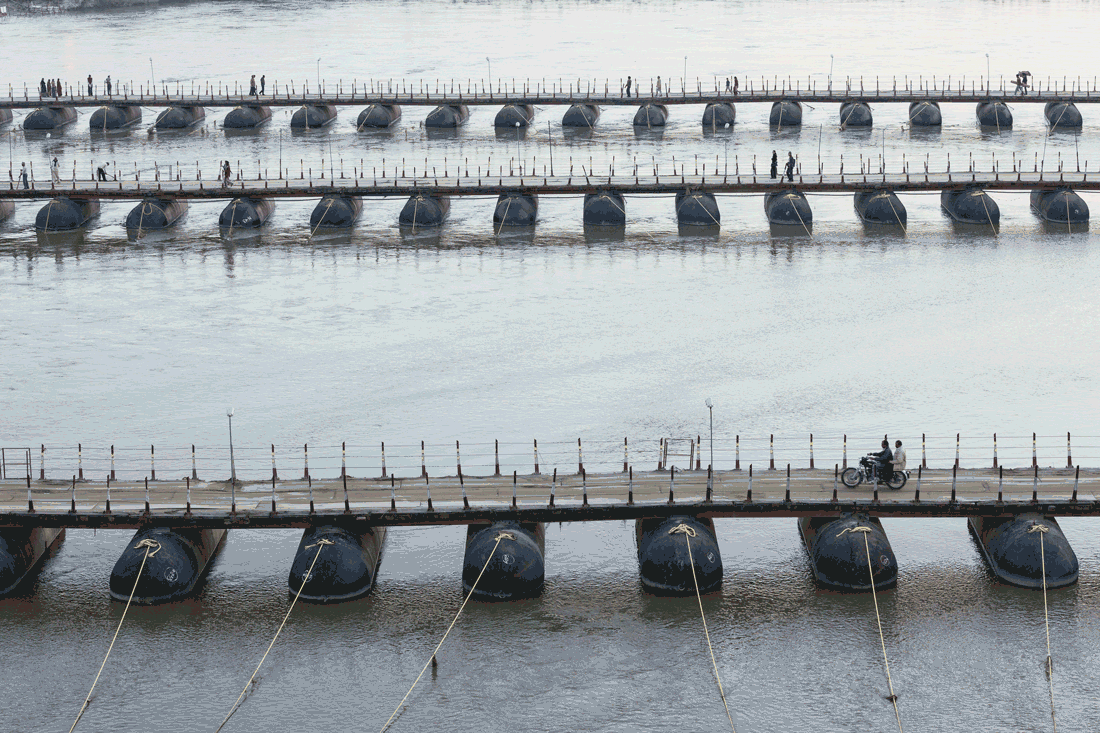
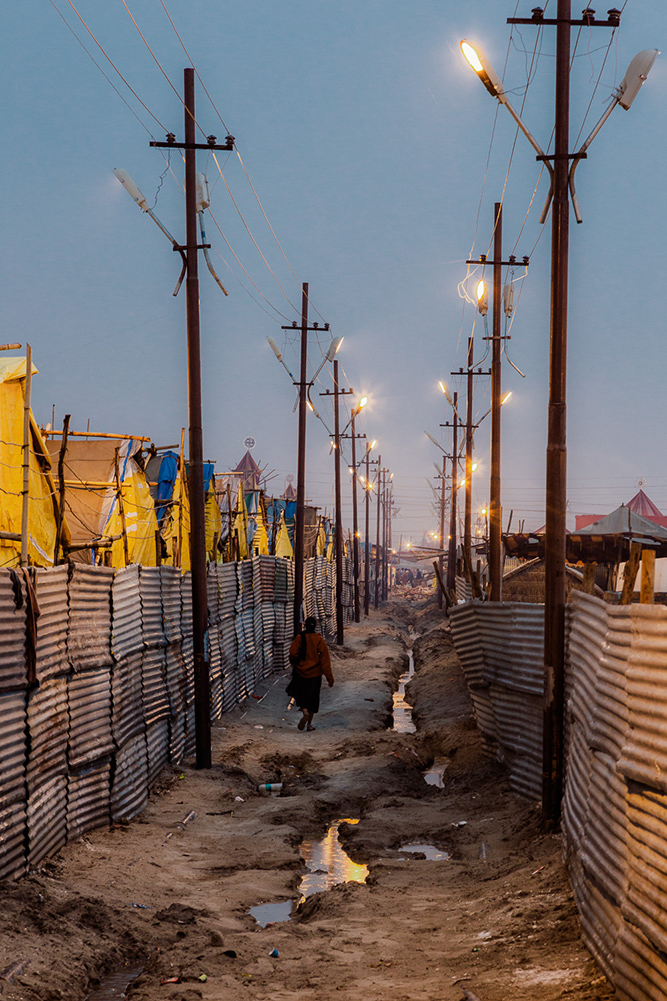
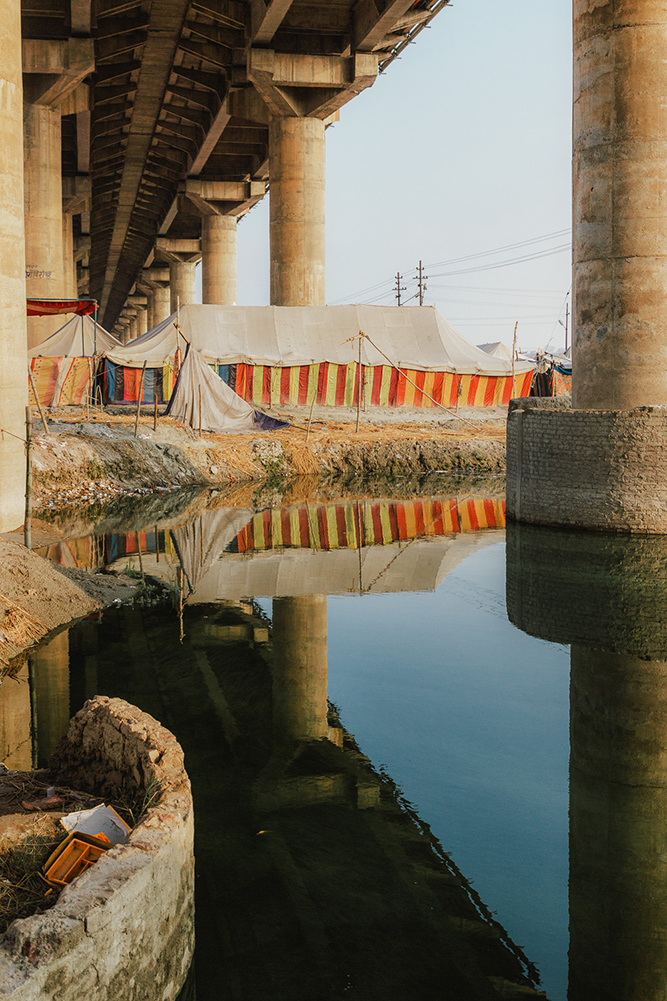
Sadhu
In Hinduism, a sādhu (Sanskrit sādhu, “good; good man, holy man”) is a religious ascetic or holy person. Although the vast majority of sādhus are yogīs, not all yogīs are sādhus. The sādhu is solely dedicated to achieving mokṣa (liberation), the fourth and final aśrama (stage of life), through meditation and contemplation of Brahman. Sādhus often wear saffron-coloured clothing, symbolising their sannyāsa (renunciation). This way of life is open to women; the female form of the word is sādhvī.
The Sanskrit terms sādhu (“good man”) and sādhvī (“good woman”) refer to renouncers who have chosen to live a life apart from or on the edges of society to focus on their own spiritual practice.
The words come from the root sādh, which means “reach one’s goal”, “make straight”, or “gain power over”. The same root is used in the word sādhanā, which means “spiritual practice”. Read more…
These Hindu holy men travel from all over asia to take part in Kumbh Mela. They provide spiritual guidance to the pilgrims and make themselves available to the attending public. Pilgrims visit the Sadhus for council, often paying tribute with money or gifts.
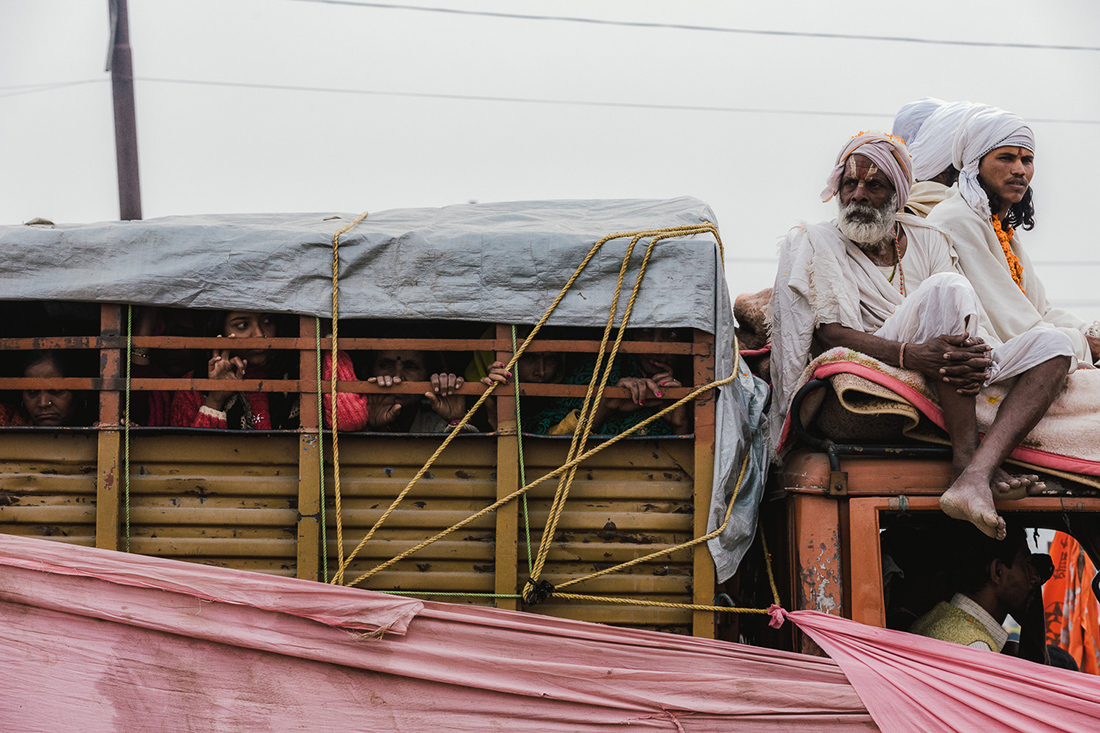
The Sadhus have chosen a distinct path towards moksha, similar to nirvana – one of the four primary concepts of Hinduism – the others being dharma, karma and artha. Some are naked – a way to separate themselves from the material world.
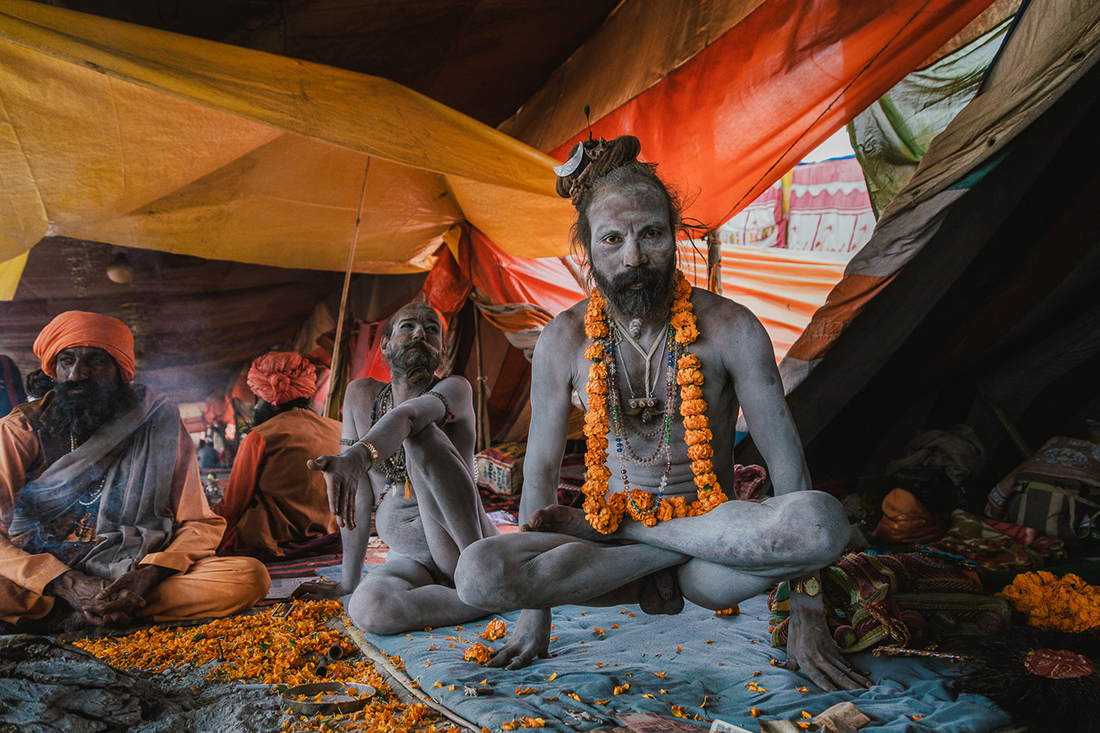
Some Sadhus practice yoga or perform physical acts that push their bodies to the limits. Many have made extreme commitments to show their devoutness and test their faith.
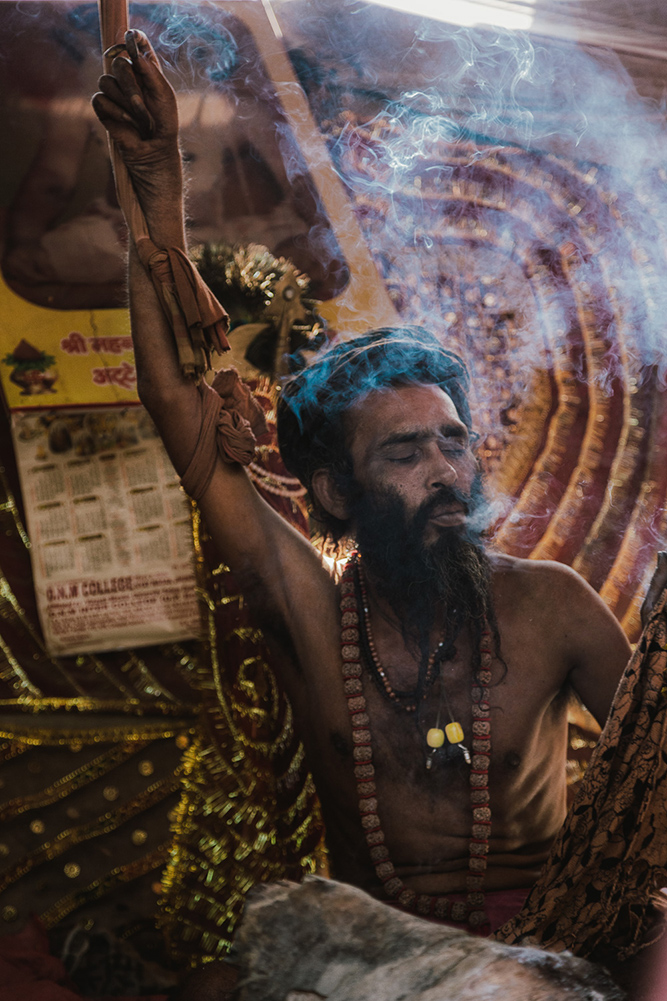
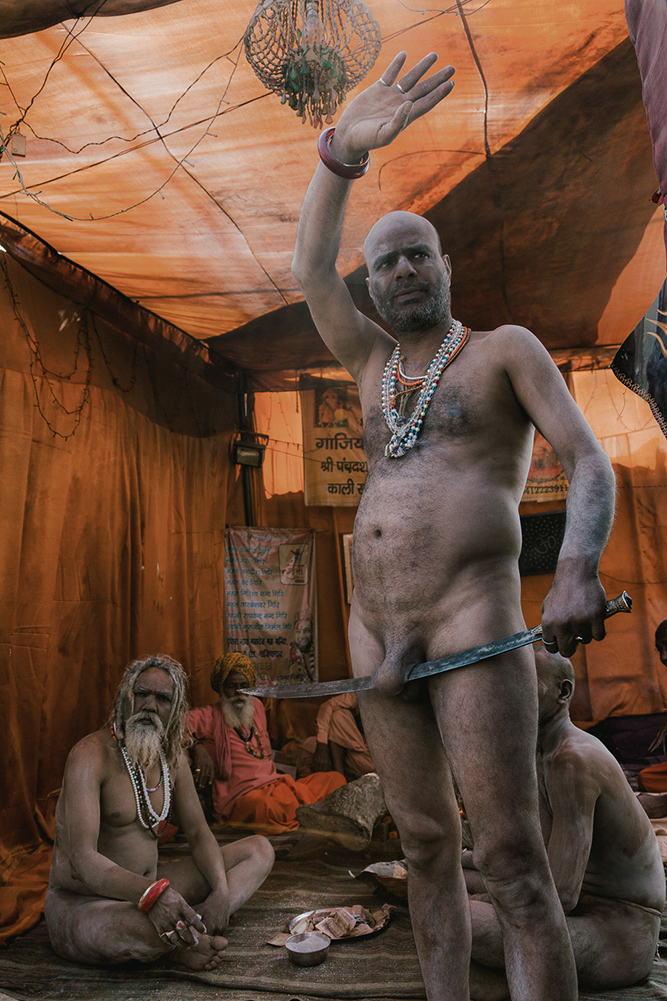
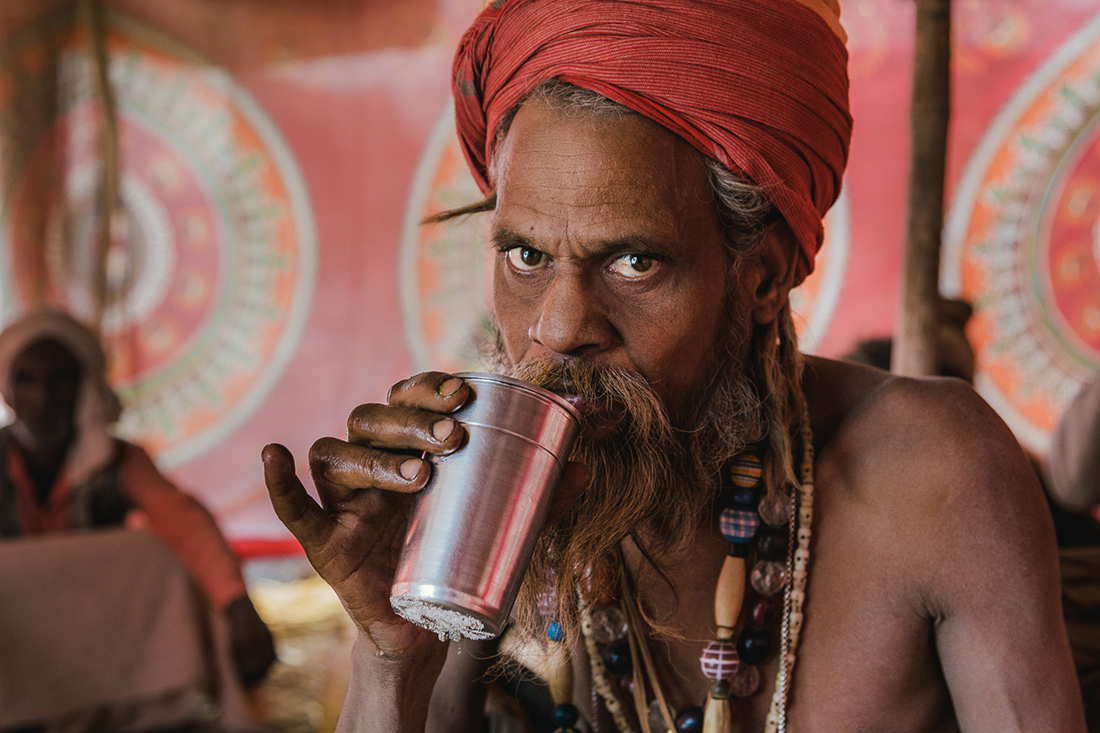
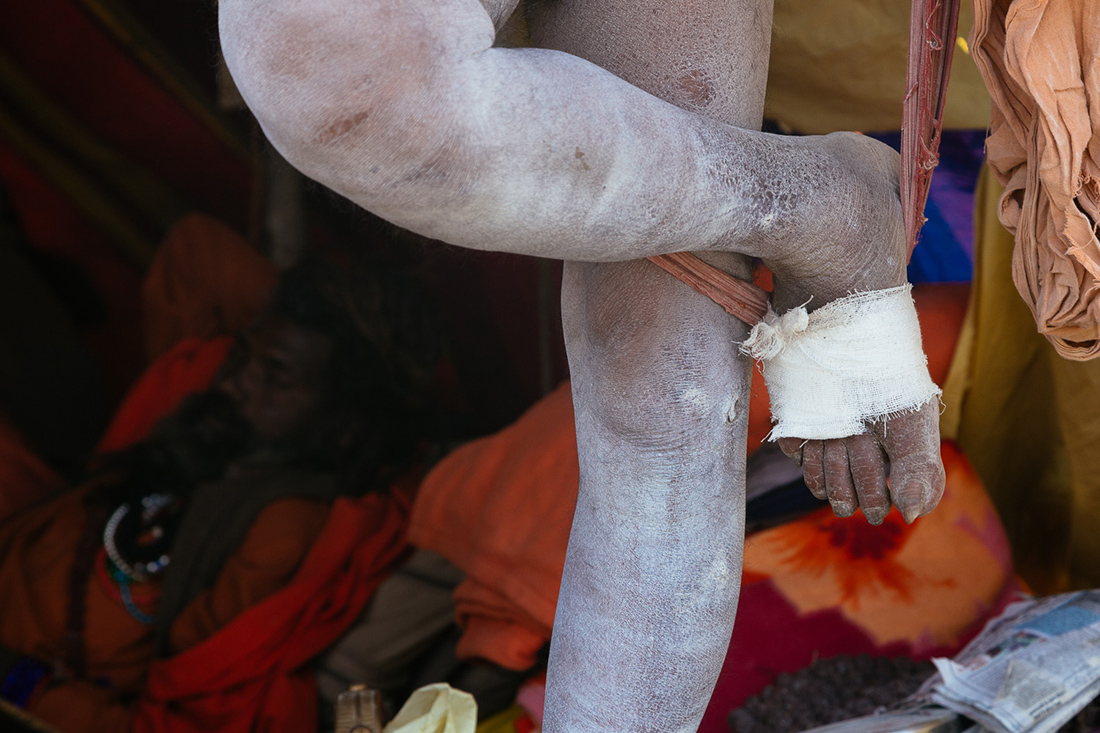
Quite a few Sadhus smoke cannabis and consider the drug necessary to unite them with their deities and help attain salvation.
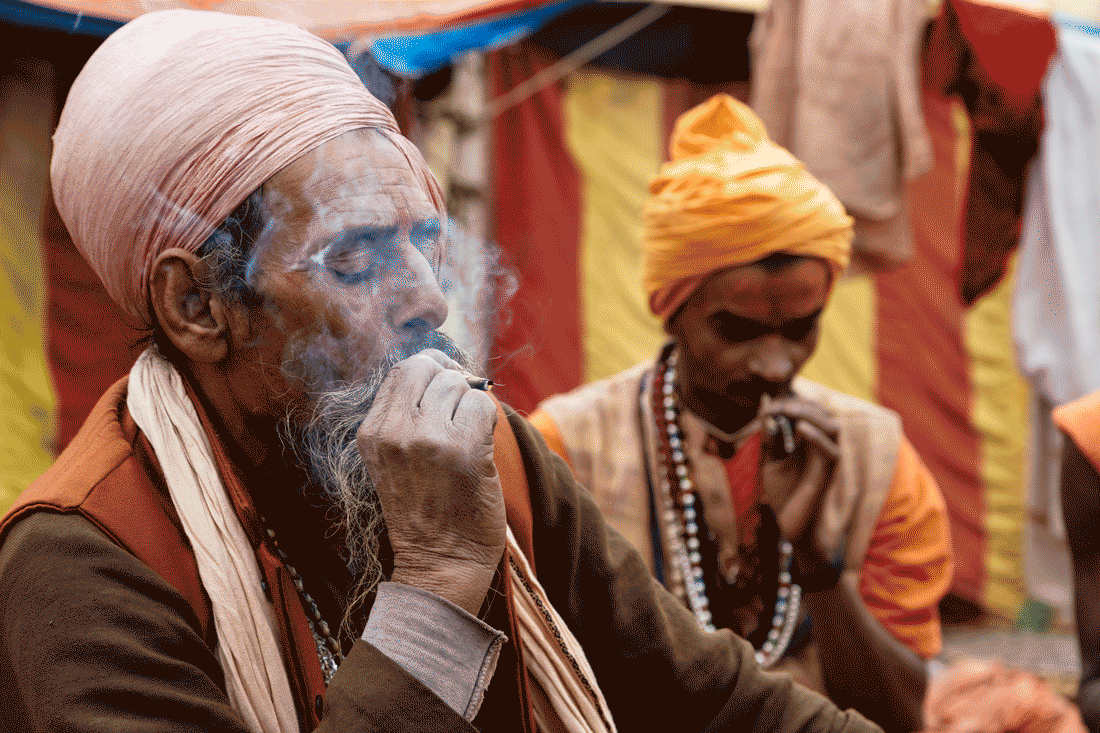
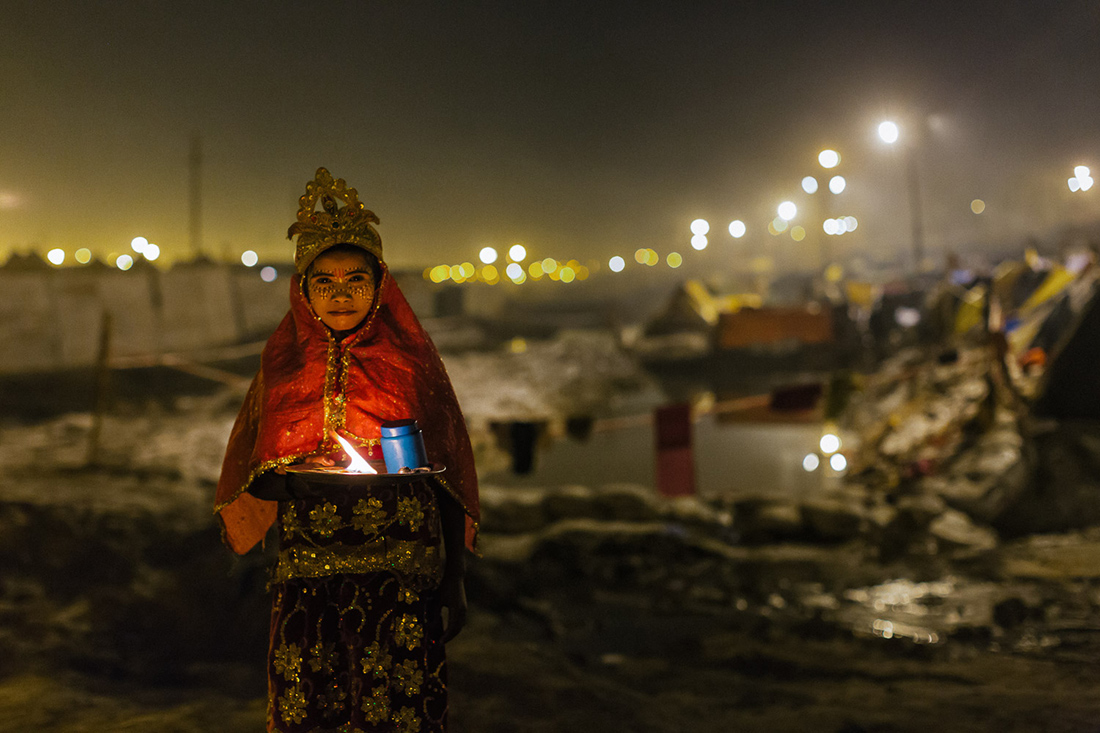
Music
The song used in the video is Sona Rupa Layo Re by the legendary playback Hindi cinema singer Asha Bhosle. It was recorded for the 1973 Bollywood thriller Joshila. Bhosle’s career started in 1943 and has spanned over six decades. She has done playback singing for over a thousand Bollywood movies. In addition, she has recorded several private albums and participated in numerous solo concerts in India and abroad. Bhosle is the sister of playback singer Lata Mangeshkar.
Renowned for her voice range and often credited for her versatility, Bhosle’s work includes film music, pop, ghazals, bhajans, traditional Indian classical music, folk songs, qawwalis, and Rabindra Sangeets. Apart from Hindi, she has sung in over 20 Indian and foreign languages. In 2006, Asha Bhosle stated that she had sung over 12,000 songs, a figure repeated by several other sources. In 2011, she was officially acknowledged by the Guinness Book of World Records as the most recorded artist in music history. Read more…
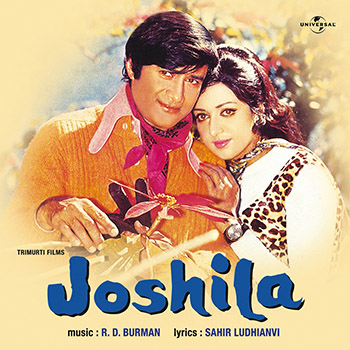
Click here to purchase.


